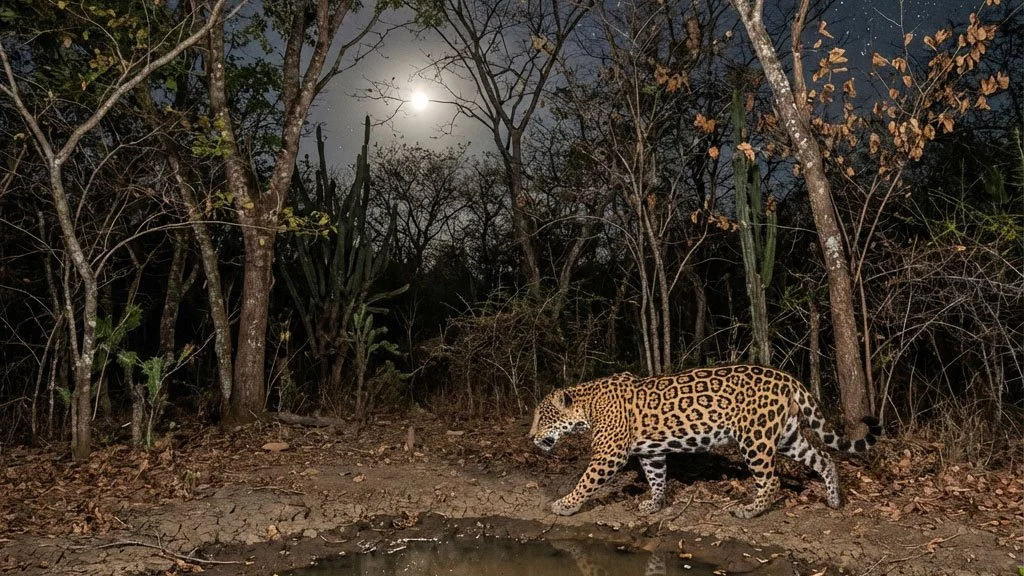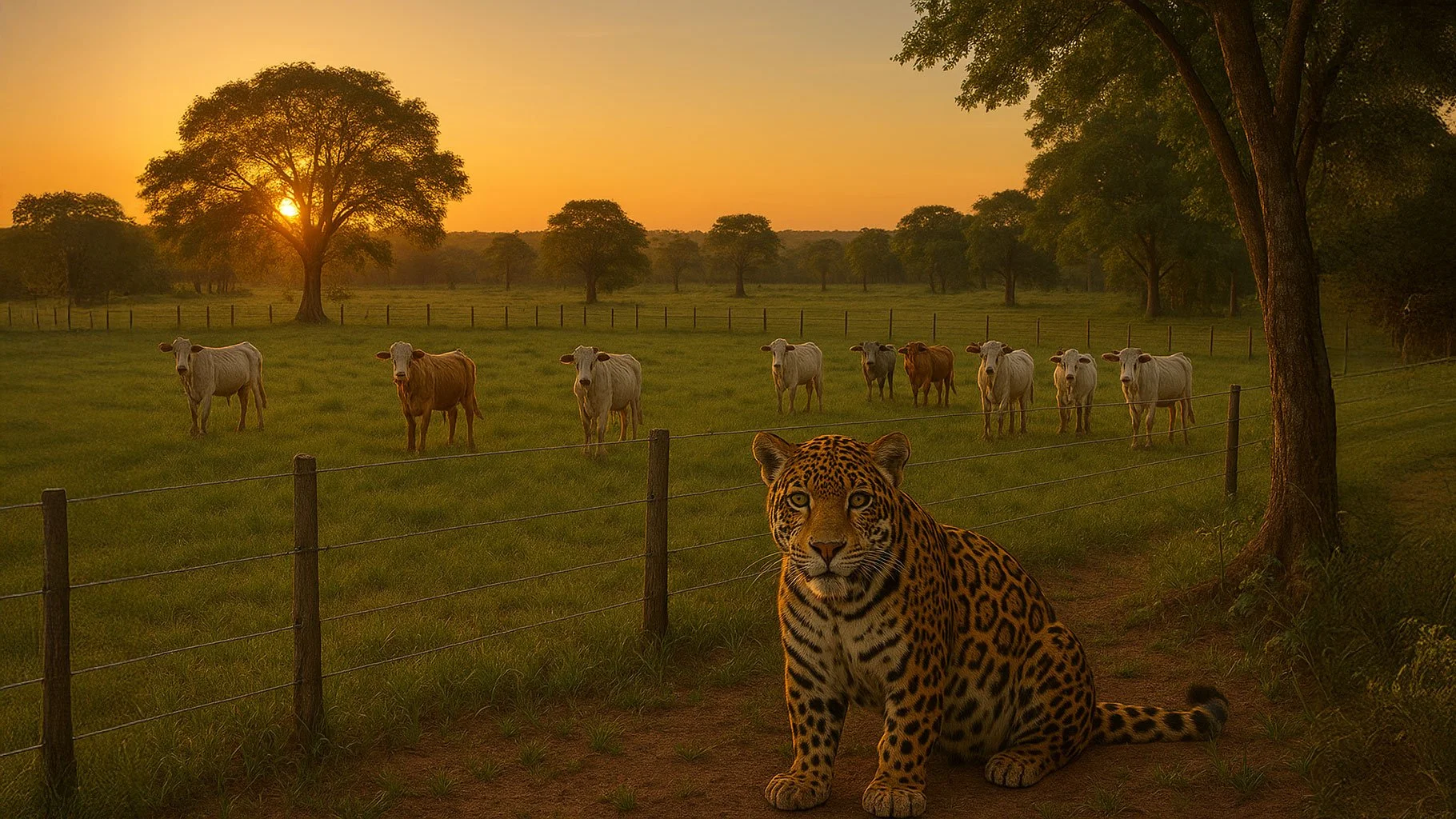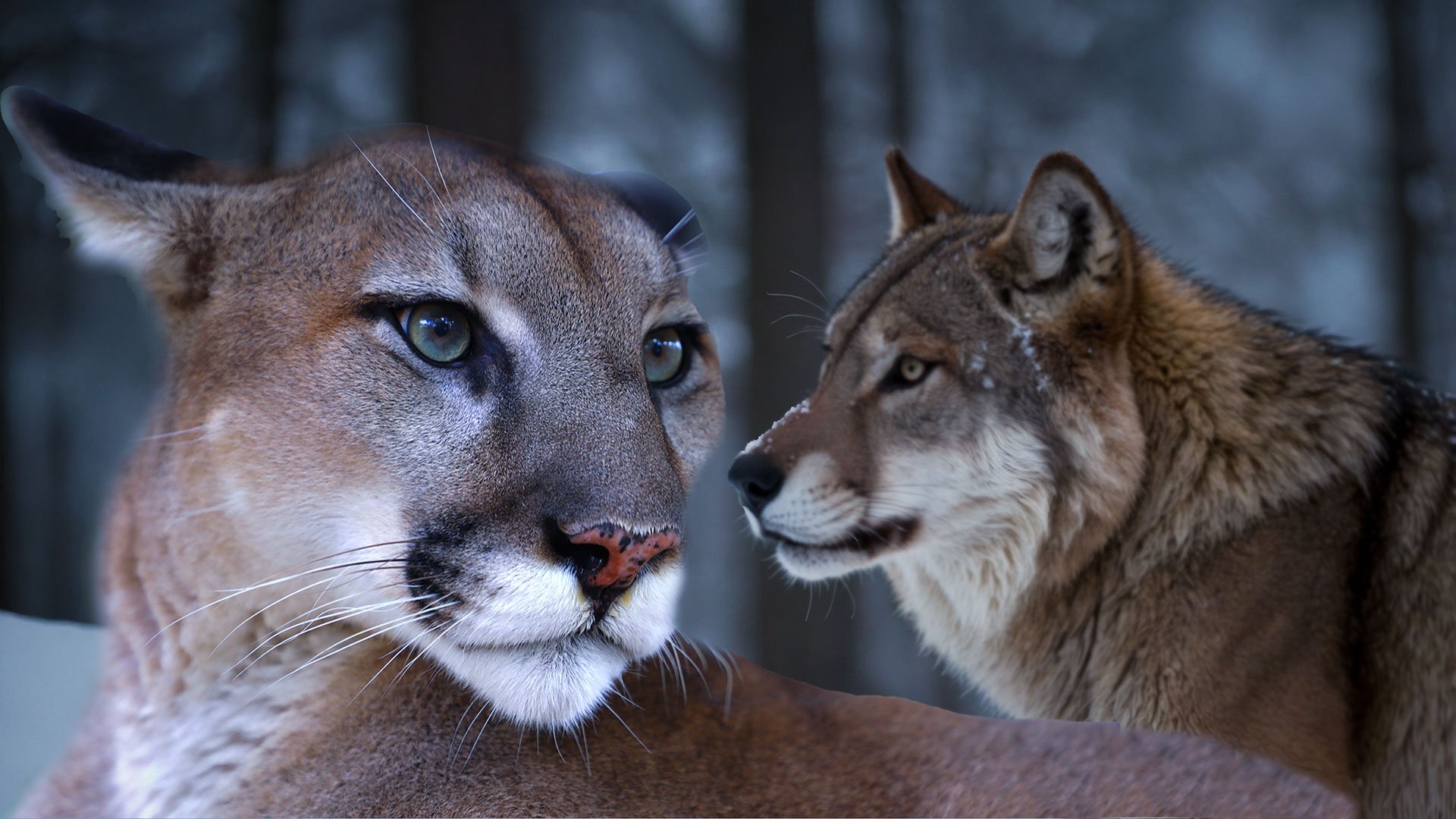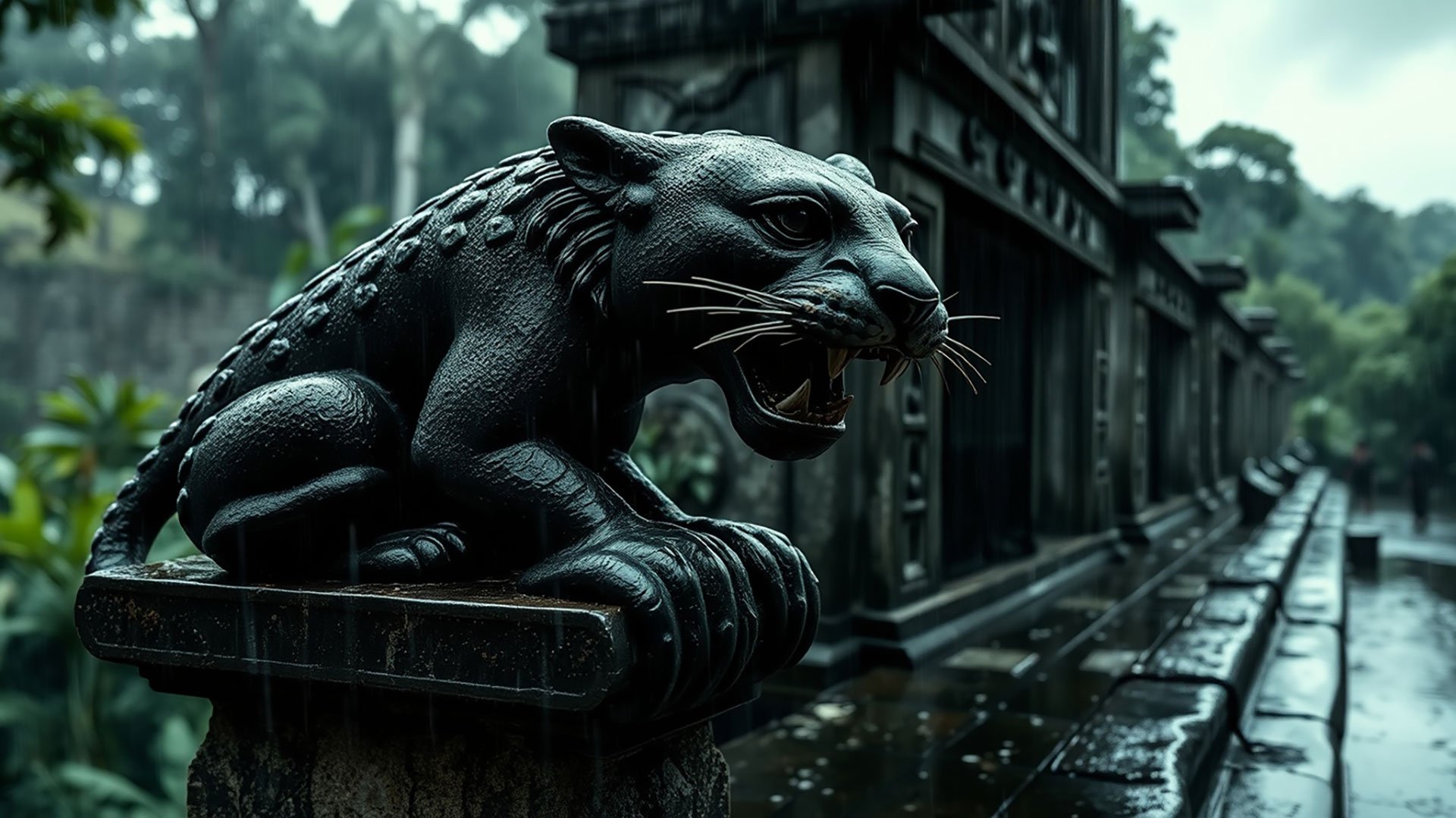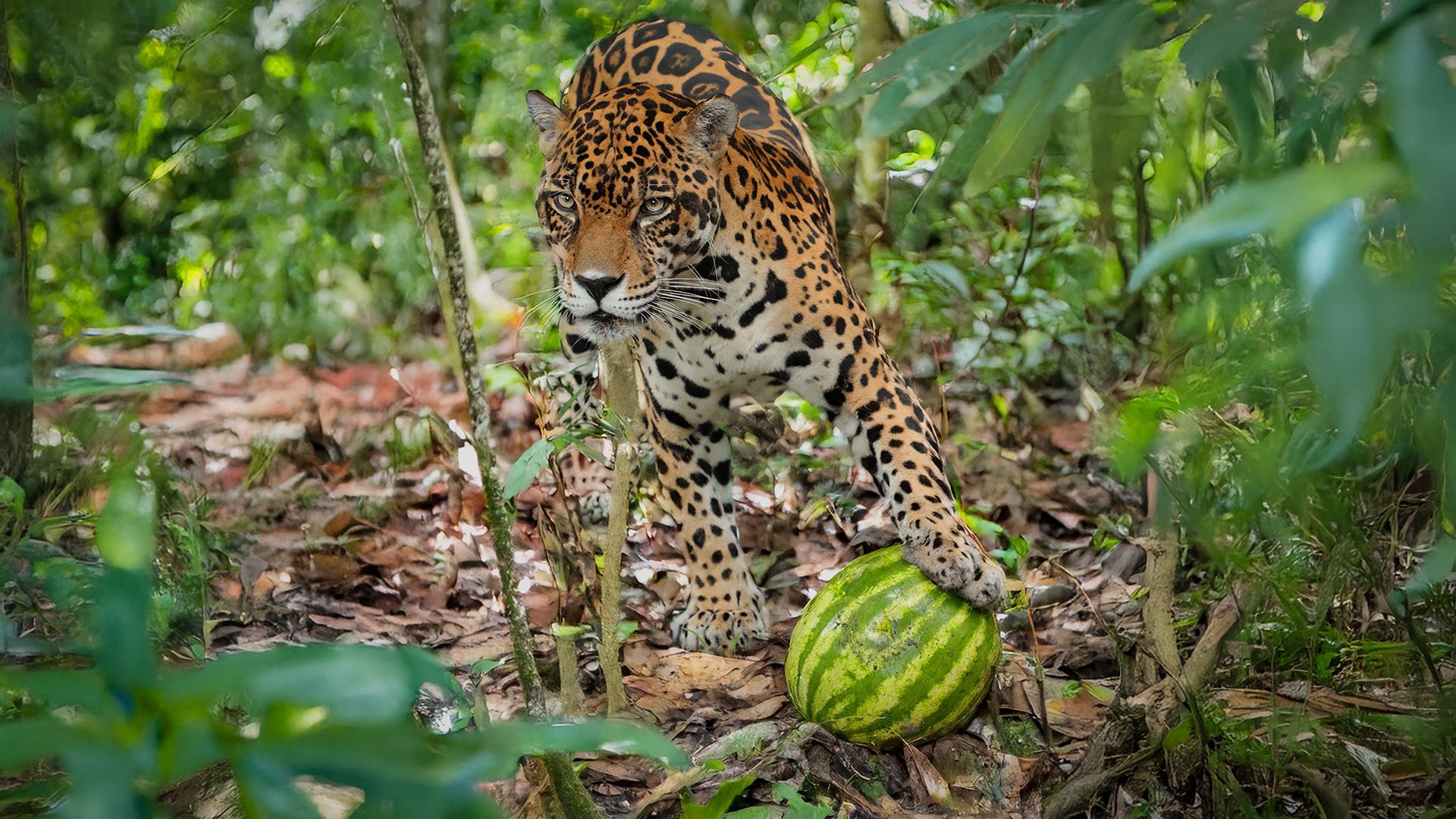Return of the Phantom: Jaguar Number Four’s Spectacular Reappearance in Southern Arizona
That stillness in the desert night. The faint click of a trail camera, hidden among mesquite and ocotillo. And then—the unmistakable eyeshine of a jaguar, staring into the lens under Arizona’s star-filled sky.
This isn’t an old legend being retold; it’s the real thing, happening right now.
Researchers at the University of Arizona’s Wild Cat Research and Conservation Center documented this rare moment when “Jaguar Number Four,” a male big cat, was recorded five times south of Tucson this summer—most recently on July 4, 2025. Through ring‑light lenses and rocky ravines, his presence underlines a powerful truth: the ecosystems of southern Arizona may still hold space, life—even the grandeur of an apex predator.
Locally known as “O:ṣhad Ñu:kudam”, meaning “Jaguar Protector” in the O’odham language, this jaguar has been returning from Mexico through the vital San Rafael wildlife corridor. This corridor represents the last stretch of wilderness that keeps the jaguar’s dream of self‑recovery alive—yet its future teeters on the edge. A planned 27‑mile stretch of new border wall, slated for construction as early as late August 2025, threatens to fracture that lifeline.
Imagine it: a jaguar navigating rugged terrain, perhaps following the scent of javelinas or fresh water, bridging two nations in search of a home. Now picture that path blocked—forever severed by steel and concrete. Conservation groups have filed lawsuits to challenge environmental waivers enabling this wall, warning it could spell "the nail in the coffin for the jaguar in the U.S.".
But in that camera image—the one where he seems to pause, take stock of us—it’s clear: the environment here still works. No livestock attacks. No human encounters. Just a wild cat returning, undeterred, in search of territory and perhaps, eventually, a mate.
Across the border, efforts like Mexico’s Northern Jaguar Reserve and the Viviendo con Felinos program are nurturing a path forward. These community-driven initiatives incentivize coexistence by compensating ranchers for trail-cam photos, encouraging respect for wildlife, and building protective habitat on private land.
For Big Cat Rescue—and every global citizen who values biodiversity and the healing power of wild places—Jaguar Number Four is more than a news story. He’s a silent ambassador, a living link between ecosystems, a reminder that every species matters.
What You Can Do
Support conservation programs like those bridging U.S.–Mexico borders.
Advocate against border wall segments that break wildlife corridors.
Stay informed—watch for volunteer restoration opportunities, or donate to trusted organizations.
The desert night clicked, and a jaguar appeared. Let’s make sure the corridors he travels remain open—for him, for future jaguars, and for the health of our shared planet.
See the actual 2025 trail-cam photo here: https://www.azcentral.com/picture-gallery/news/local/arizona-environment/2025/08/08/trail-camera-photos-show-jaguar-in-southern-arizona/85569366007/


